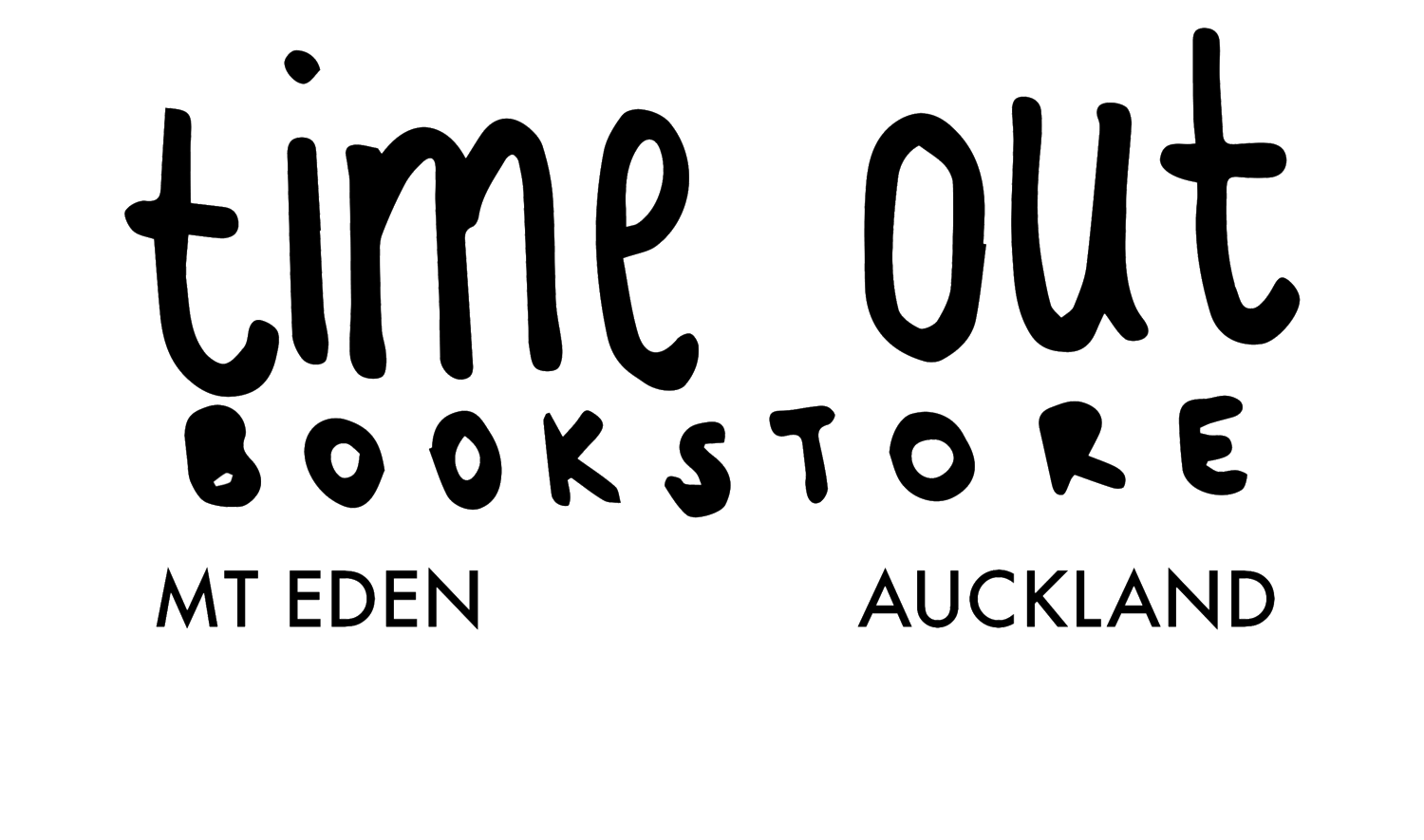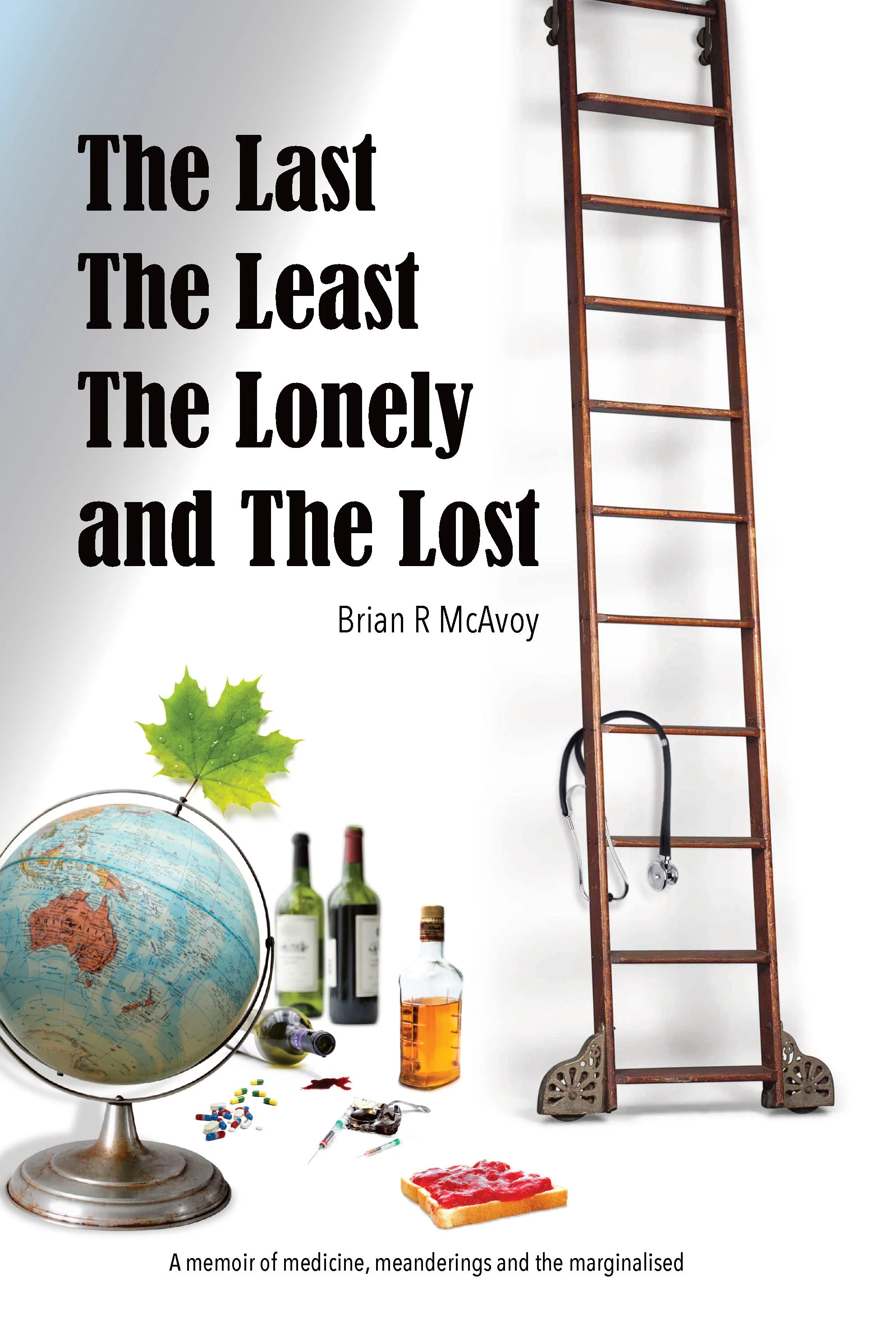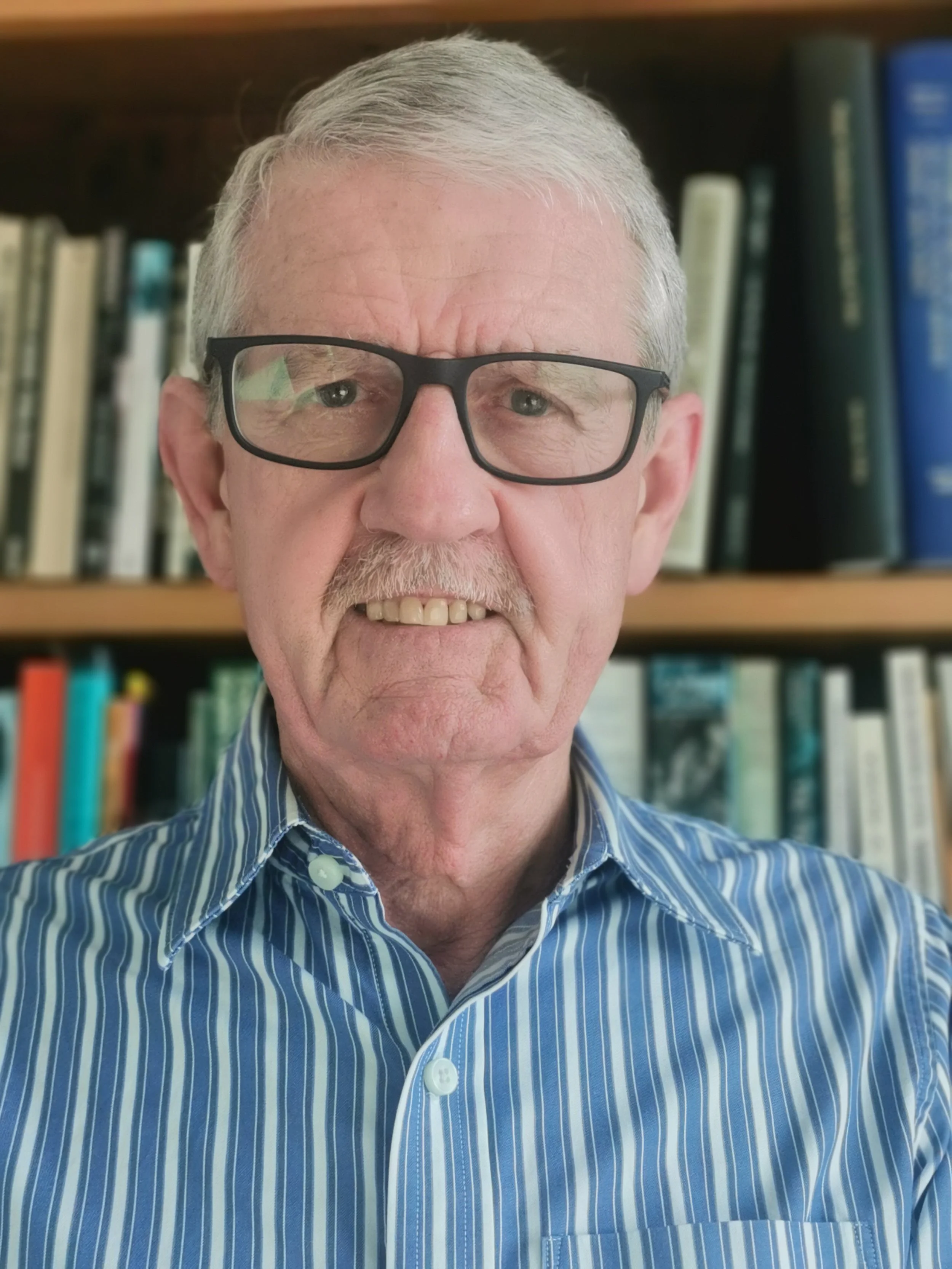A memoir of medicine, meanderings and the marginalised.
This eclectic memoir spans nearly 70 years, including over 50 years of medical experiences, and describes the intriguing journey of an individual doctor in a changing world.
Perhaps the most distinctive attribute of the GP is a commitment to people, more than to a body of knowledge or a branch of technology. This is perfectly exemplified by the Maori proverb: “He aha te mea nui o te ao? He tangata, he tangata, he tangata!” (What is the most important thing in the world? It is people, it is people, it is people!). GPs are the first medical “port of call” for patients, irrespective of their age, gender, ethnicity, socio-economic status, or the type of illness they have or believe they have. They deal with common diseases and problems, some self-limiting, others chronic, many initially presenting in
early and undifferentiated forms. Although very few are serious in a life-threatening sense, many can cause much disability and great unhappiness.....
This task requires doctors who are masters of the scientific and humanitarian aspects of medicine, because both the science and art of medicine play essential parts in the care of every patient. The challenge involves balancing their role as guide, philosopher and friend with that of medical adviser. This unique skill is epitomised in Maya Angelou's words: “People will forget what you said, people will forget what you did, but people will never forget how you made them feel.”
Chapter 1. “The road less travelled.”
From working class roots in Glasgow, the author includes student adventures and travels, the rigours of postgraduate training, and the richness and variety of a peripatetic medical life.
The story encompasses five continents, 12 general practices, 11 Universities and two marriages - a rollercoaster ride of joy, disappointments, serenity, turbulence, poignancy, adventures, mishaps, serendipity and discovery.
Firmly rooted in reality, the narrative includes unique insights into the human condition: the challenges of inner-city general practice in Glasgow, Melbourne and Auckland, the rhythms of life and death in English rural practice, the dramas of medical care on the edge of the Arctic Circle, the tumult and rewards of addiction medicine in the Antipodes, the highs and lows of life in Universities and Royal Colleges.
A key moment in my traineeship was the day I made my first unaccompanied house call. I was conflicted between pride and apprehension as I drove into the unfortunately named Nitshill estate, one of the new housing schemes constructed as part of the 1960s slum clearance program. Unfortunately, the ravages of social deprivation and neglected maintenance had created what were later to be known as “sink estates.” The housing was poor, with very limited social and recreational facilities; wheel less cars stood on piles of bricks, and gangs patrolled their patches.
Carefully locking my car, I knock on the front door and am ushered through to a cold bedroom, where a fevered, spotty six-year-old lies propped up on grubby pillows. I take a full history from the anxious parents, snap open my shiny new medical bag, remove my stethoscope and make a thorough examination of skin, ears, nose, throat, chest and heart, noting temperature and pulse rate. I am aware of the growing audience, as members of the extended family gather, peering around the bedroom door. To my great relief, this seems to be a classical case of measles. Confident in my diagnosis, I stand up from my bedside crouch and proceed towards the small crowd, ready to deliver my diagnosis and management advice. Suddenly, I realise there is something adhering to the sole of my right shoe. It's a “jeely piece” (a jam sandwich), which had been lurking under the bed. I have to make an instant decision. Do I ignore it, pretending it's not there, or do I stop and remove it, disrupting the solemnity of the consultation? I continue walking, transferring my weight to my heel, maintaining my gravitas. Everyone politely ignores the pedal appendage. I conclude the consultation satisfactorily and discreetly remove the “jeely piece” at the kerbside. Another lesson not contained in any of the textbooks!
Chapter 8. The “Jeely Piece.”
The narrative of the author's life is set within the context of the events and locations of the time. The reader is transported from post-World War II Glasgow and London, through the “swinging sixties” to Yugoslavia during the Prague Spring, America embroiled in the Vietnam War, South Africa at the height of apartheid and Thatcherite Britain, then to nuclear-free New Zealand, John Howard's xenophobic Australia, Myanmar's brief honeymoon with democracy, the dark history and quirkiness of Tasmania to today's cognitively dissonant world of disinformation and the COVID pandemic. The sweep of history is leavened with personal anecdotes, intimate descriptions of moving, dramatic and amusing clinical encounters.
“Zoom” doctors and practices are springing up, offering cut-price instant consultations, extended hours and prescriptions without registration. This is another manifestation of our cultural transformation to consumerism and instant gratification. Being busy has become a badge of honour. In the UK, the proportion of people who say they work at “very high speed” or “almost all the time” nearly doubled between 1992 and 2017 from 17 to 31%.
This hyperactive, beehive-minded state of mind, galvanised and amplified by social media, has become a self-sustaining frenzy. As growing inequalities have intensified, social hierarchies, a money-rich, time-poor elite has emerged, who view medical care as a commodity. Some exceedingly biddable, customer-friendly practitioners have responded to this need, providing concierge services pandering to the privileged. A recent development in Australia and New Zealand is an online service that provides GP consultations, medical certificates and prescriptions, enabling patients to “conveniently manage your health from home.” Their tantalising slogan of “Keep a doctor in your pocket” prompted me to reflect on my six years of medical school education, four years of postgraduate training and over 40 years of continuing professional development. Would I have undertaken this if I knew the outcome was to be marketed as a device or fashion accessory for the “busy” digital generations? Some doctors are at risk of becoming vending machines.
Chapter 20. "What lies ahead?"
This book is unique in encompassing clinical practice in the UK, Canada, Australia and New Zealand, combining scholarship with the authenticity of the moment, and providing the perspectives of a general practitioner, an addiction medicine specialist and an academic. It is topical because it offers an historical context and insights into medicine and society at a time of seismic change in the world. As its title and subtitle suggest, this memoir encapsulates the challenges of medicine, health and the complexities of the human condition.
It puts into perspective the political, social, economic, cultural and medical events and personal experiences over the author's lifetime, offering thought-provoking reflections on the past and future of medical practice.


